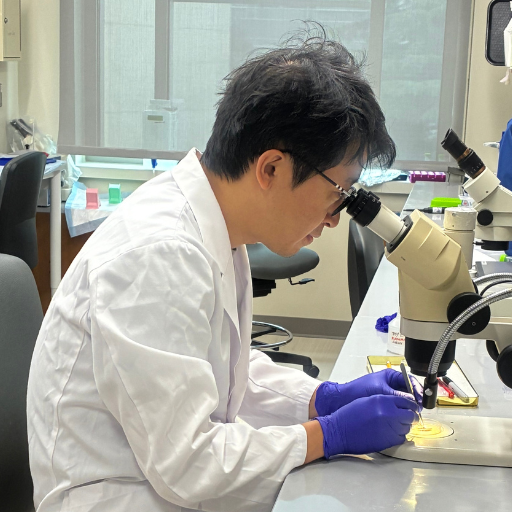Regulation of Drusen Formation and Degradation in AMD
Principal Investigator
Dennis Clegg, PhD
University of California, Santa Barbara
Santa Barbara, CA, USA
About the Research Project
Program
Award Type
Standard
Award Amount
$50,000
Active Dates
April 01, 2002 - March 31, 2003
Grant ID
M2002053
Summary
One of the hallmarks of age-related macular degeneration (AMD) is the formation of drusen deposits on the basement membrane underlying the retinal pigment epithelium (RPE). The loss of RPE, possibly caused by the presence of drusen, leads to the loss of photoreceptors, or light-sensing cells, and loss of vision. The mechanisms of drusen deposition and degradation are poorly understood. Dr. Clegg has hypothesized that matrix metalloproteinases (MMPs), enzymes that degrade proteins, are involved in the formation and degradation of drusen. It builds on an important observation that Sorsby’s fundus dystrophy, a blinding disease that is similar to AMD, is associated with mutations of the enzyme tissue inhibitor of metalloproteinase-3 (TIMP-3). TIMP-3 is an inhibitor of MMP activity. Dr. Clegg has suggested that accumulation of TIMP-3 leads to inhibition of MMP activity and drusen accumulation. The goal of this study is to examine RPE cells that are in close proximity to Drusen, as well as cells that are in remote areas of the retina not associated with Drusen, and to determine the activity of MMPs and TIMP. The results of these experiments will allow future efforts to develop new treatments for AMD that either lessen drusen accumulation or bring about its removal.
Related Grants
Macular Degeneration Research
How Aging of the Immune System Affects Age-Related Macular Degeneration
Active Dates
July 01, 2025 - June 30, 2028

Principal Investigator
Masayuki Hata, MD, PhD
Current Organization
Kyoto University
Macular Degeneration Research
Microglia’s Roles in AMD to Inform Therapies for Vision Loss Prevention
Active Dates
July 01, 2025 - June 30, 2027

Principal Investigator
Nobuhiko Shiraki, PhD
Current Organization
Duke University School of Medicine
Macular Degeneration Research
The Novel Role of an Intracellular Nuclear Receptor in AMD Pathogenesis
Active Dates
July 01, 2024 - June 30, 2026

Principal Investigator
Neetu Kushwah, PhD
Current Organization
Boston Children’s Hospital



